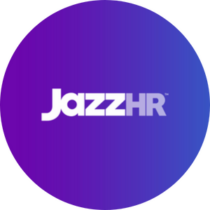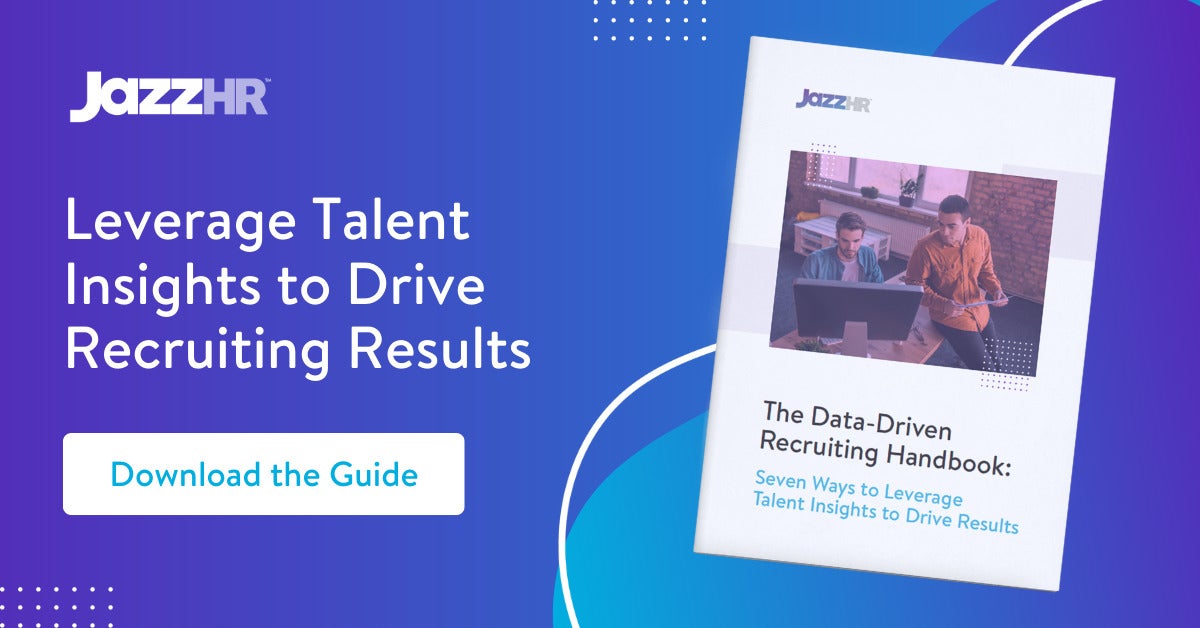
Payroll Data: What It Is and How to Use It
Executives at more than 300 public companies in the U.S. noted they’ve been cutting base salaries, deferring salary payments, and scrapping end-of-year bonuses in the past few years.
Many of these C-suites are doing so because they have a clear understanding of their payroll data and, in turn, can make informed insights to make hard pay-related decisions tied to their labor force.
For small businesses, in particular, payroll expenditure can be an unclear metric — and it often goes unmeasured. Here’s what you need to know about payroll data, and why you will want to track it regularly to ensure you have a consistent, real-time comprehension of payroll employment data.
What exactly is payroll data? A breakdown
Payroll data is the collection of metrics that contribute to the overall business expense of paying people for work performed at your company. There’s more than just base salaries to consider here.
Other payroll metrics include:
- Any contractor or freelance wages outside of official payroll
- Any bonuses offered throughout the financial year.
- Withheld taxes on employees’ paychecks
- Benefits paid to your employees
- Communication expenses that contribute to payroll
- The cost of remaining compliant with payroll regulation
Having this information available allows for small businesses to accurately predict the total cost of payroll and mitigate the risk against any future payroll changes (or revenue changes, for that matter).
How to use payroll data to your advantage
Payroll data is a cornerstone metric that is relevant beyond the HR department. It contributes to the overall direction of a business and directly impacts growth. Here are a few ways to use payroll data to your advantage.
Eliminate errors and save money
Payroll is the largest single cost for almost all businesses. For many service-based businesses where payroll is the primary cost for producing a product or service, payroll can cost as much as 50 percent of your gross revenue.
Consequently, even small persistent errors in payroll can add up to big problems, and you need visibility over your processing and outcomes.
Guide the direction of your SMB
Analyzing payroll data over time can provide more accurate yearly forecasts, so you are better prepared to manage budgets and cash flow in times of change or growth. In short, having visibility into the process empowers business leaders to plot and evaluate ways to grow their company.
Win and retain top performers
Sure enough, many roles within a company may be interchangeable. But, there are always key roles that are critical to the overall success of the business. Losing well-trained, hard-working individuals in those roles can be damaging to success.
By monitoring and benchmarking payroll data, then, you can begin to achieve the perfect balance between compensation, performance, and loyalty. That way, you ensure the retention of top talent.
Consistency is key with your payroll data
The hardest challenge with payroll data is ensuring there’s a stream of consistent, high-value data to gather and analyze. Forecasts and predictive analysis aren’t built on short-term data collection, they’re built by analyzing a wide range of historical data over long periods of time.
To do this accurately, you need the right tech. Only then can you build a picture of payroll data and understand how it impacts the wider business and make adjustments to improve your bottom line.








Leave a Reply
You must be logged in to post a comment.